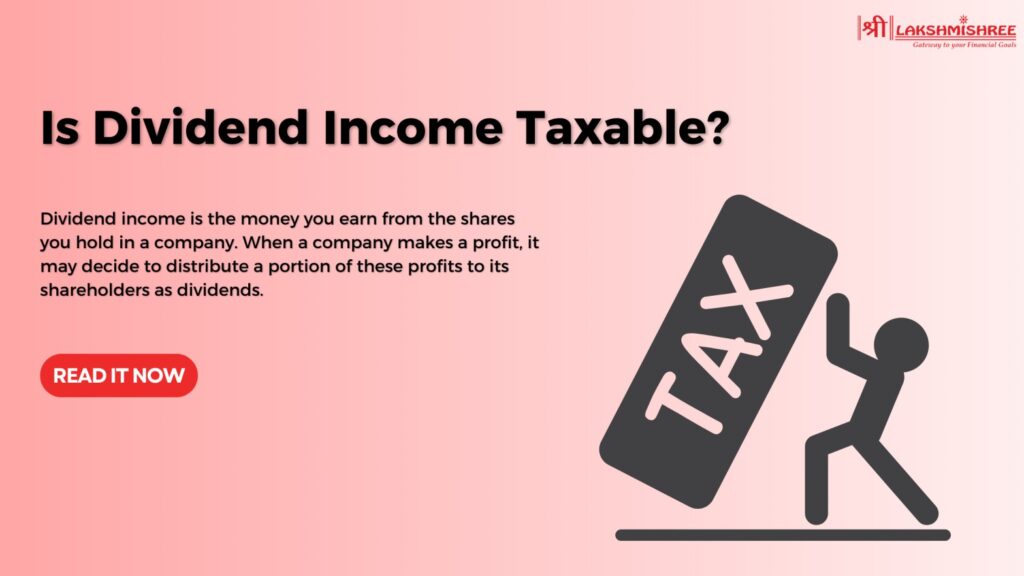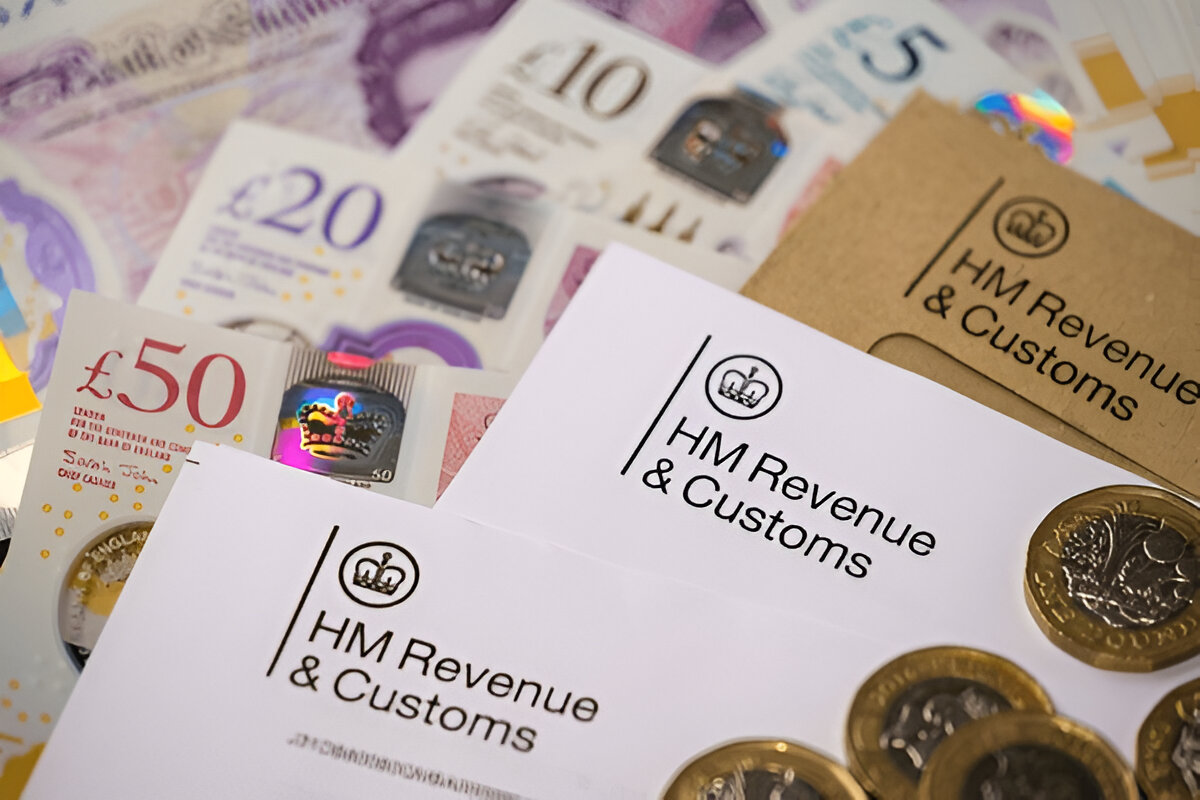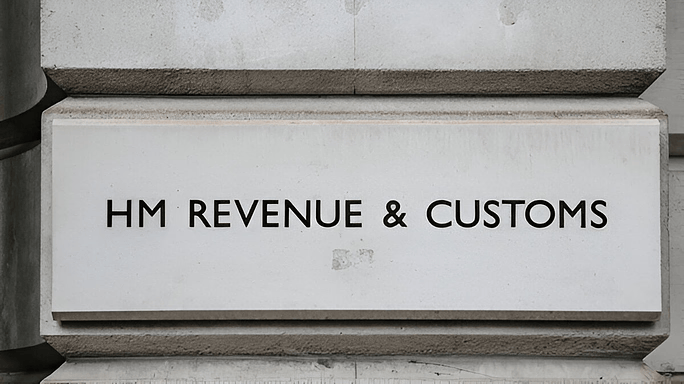
Do I Need to Pay Tax on Dividends?
If you own shares in a company or have an investment portfolio, you may receive dividends as a form of income. In the UK, dividends are an essential source of passive income for many individuals, especially business owners and investors. However, just like any other form of income, dividends are subject to tax. Understanding how dividend tax works and what your obligations are can help you manage your finances efficiently and avoid potential penalties from HMRC.
This article will explore the rules around dividend taxation in the UK, including the dividend tax rates, allowances, and how to report dividends on your tax return. We’ll also discuss how CANGAF Accountants can help you with your dividend tax planning and filing.
What Are Dividends?
Dividends are payments made by companies to their shareholders from the company’s profits. If you own shares in a company, you are entitled to a share of the profits in the form of dividends. These payments can be issued regularly (e.g., quarterly or annually) and can be a significant source of income for investors.
Do You Need to Pay Tax on Dividends?
Yes, dividends are subject to tax in the UK. However, the amount of tax you pay depends on your total dividend income, your other income sources, and your income tax band.
Dividend Tax Allowance
As of the 2023/24 tax year, there is a £1,000 tax-free dividend allowance. This means that you can receive up to £1,000 in dividends without paying any tax. If your dividend income exceeds this allowance, you will need to pay tax on the excess amount.
Dividend Tax Rates
The tax rates on dividends depend on your income tax band. The rates for the 2023/24 tax year are as follows:
- Basic rate taxpayers (20%): Dividend tax rate is 8.75%
- Higher rate taxpayers (40%): Dividend tax rate is 33.75%
- Additional rate taxpayers (45%): Dividend tax rate is 39.35%
These rates apply to any dividends received above the £1,000 allowance.

How to Calculate Dividend Tax
To calculate how much dividend tax you owe, follow these steps:
- Add up your total income: Include your salary, self-employed income, pension, and any other taxable income.
- Determine your tax band: Based on your total income, check whether you fall into the basic, higher, or additional rate tax band.
- Subtract the £1,000 dividend allowance: If your dividend income is higher than £1,000, you will pay tax only on the amount exceeding the allowance.
- Apply the correct tax rate: Depending on your income tax band, apply the appropriate dividend tax rate to calculate your liability.
Example
Let’s say your total income, including dividends, is £60,000 for the 2023/24 tax year. Your dividend income is £5,000. Here’s how the tax calculation would work:
- Dividend allowance: £1,000
- Taxable dividend income: £5,000 – £1,000 = £4,000
- Since you fall into the higher rate tax band, the applicable dividend tax rate is 33.75%.
- Dividend tax: £4,000 x 33.75% = £1,350.
You would owe £1,350 in tax on your dividend income.
Reporting Dividends to HMRC
If your dividend income exceeds the £1,000 tax-free allowance, you will need to declare it to HMRC and pay the tax. The way you report dividends depends on your total income and whether you need to file a Self Assessment tax return.
- How many years can HMRC go back for self-assessment?
- How does HMRC know I have rental income?
- What do you do if you are new to completing self-assessment tax returns?
- Do HMRC check self-assessment returns?
- Making Tax Digital For Income Tax
For Employees and Pensioners
If your dividends, combined with your other income, are modest, HMRC may adjust your PAYE tax code to collect the tax owed on dividends automatically. In this case, you may not need to file a Self Assessment return.
For Self-Employed or Higher Income Earners
If you are self-employed or have other significant income sources, you will likely need to complete a Self Assessment tax return. On your return, you will need to report your total dividend income and calculate your tax liability.
Dividend Tax Planning: How to Reduce Your Liability
Paying tax on dividends is unavoidable, but there are several strategies you can use to reduce your tax liability:
1. Make Use of Tax-Free Allowances
Ensure you make full use of the £1,000 dividend allowance. This allowance is available to everyone, regardless of their income level.
2. Use Your Personal Allowance
If you earn less than £12,570 (the current personal allowance) from other sources, you may not have to pay any tax on your dividends. This can be beneficial for low-income earners or those who rely primarily on investment income.
3. Share Income with Your Spouse
If you are married or in a civil partnership, you can transfer shares to your spouse to take advantage of both your allowances. This is particularly useful if your spouse falls into a lower tax bracket.
4. Set Up a Limited Company
If you are a business owner, consider setting up a limited company and paying yourself a salary and dividends. By keeping your salary below the income tax threshold and taking the rest as dividends, you can minimise your tax burden.
5. Use Tax-Efficient Investment Vehicles
Consider investing in Individual Savings Accounts (ISAs), where any dividends earned are tax-free. ISAs can be an excellent way to shelter your investments from tax.
How CANGAF Accountants Can Help
At CANGAF Accountants, we specialise in providing expert tax advice to individuals and businesses, including those with dividend income. Our services include:
- Tax planning to minimise your dividend tax liability
- Assistance with Self Assessment tax returns
- Corporation tax and PAYE advice for business owners
- Strategies to maximise your tax-free allowances and exemptions

Our experienced team can help you navigate the complexities of dividend taxation and ensure that you comply with HMRC regulations while reducing your overall tax burden.
Contact CANGAF Accountants
For expert tax advice and assistance with dividend tax planning, contact CANGAF Accountants today.
- Address: 235 Tonge Moor Road, Bolton BL2 2HR
- Email: info@cangafltd.com
- Phone: 01204 859315
Conclusion
If you receive dividends from shares or investments, you must be aware of your tax obligations in the UK. While the £1,000 dividend allowance offers some tax-free income, dividends above this threshold are subject to taxation at different rates depending on your overall income.
Effective tax planning can help reduce your tax burden, and professional guidance from CANGAF Accountants ensures that you meet your reporting obligations while taking advantage of available tax reliefs. Whether you’re an investor, business owner, or someone receiving dividends, understanding the tax rules and seeking expert advice is essential for managing your finances effectively.


